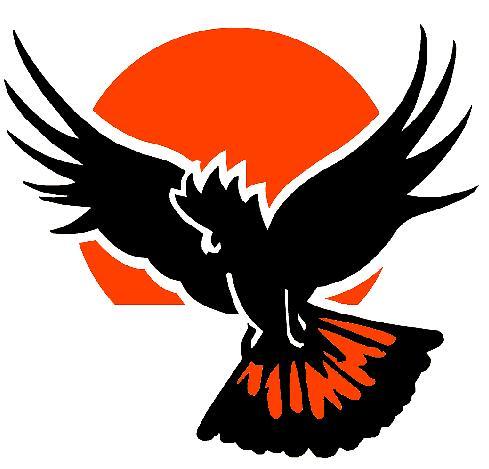Help our Red-tails
Fence off existing stands of Stringybark and Buloke and scattered paddock trees on your property, to protect from stock damage and to allow for natural regeneration.
Incentives for nests
Incentive payments are again being offered to landholders and members of the public for the discovery of new nests sites as part of the Red-tail Nest Incentive Scheme.
Join the count
Although we can’t guarantee you’ll see a Red-tail on the day, we’re sure you’ll enjoy a fun day out in the bush searching for our colourful cockatoos.
Welcome
Seven Red-tail Nests Discovered in South West Victoria
Seven nests of the endangered South-eastern Red-tailed Black-Cockatoo have been found on a landholder’s property in south-western Victoria. Of the seven nests found, four have been confirmed as new (previously unknown) nest sites of the cockatoo, and so are able to be claimed under the Red-tail Nest Incentive Scheme for 2012-13.

Female South-eastern Red-tailed Black-Cockatoo at nest site. Photo Bob McPherson.
The exciting discovery comes as a result of the second year of the Red-tail Nest Incentive Scheme - a trial to locate ‘new’ nest sites of the species across the bird’s range in the south-east of South Australia and south-western Victoria. The scheme was launched in July 2011, and is supported by the Nature Foundation of South Australia (NFSA).
BirdLife Australia and the South-eastern Red-tailed Black-Cockatoo Recovery Team are once again offering the incentive payment of $500 to landholders and members of the public for the discovery of new nest sites over the 2012-13 breeding season. A reward of $100 is also available for existing or known nest sites that have been found to be active again.
The scheme has proved to be a great success with a total of 10 new nest sites located since its launch in July 2011. This year’s discovery of seven nests on the one property demonstrates just how successful this scheme has been in not only locating new nest sites of this endangered cockatoo, but also in obtaining important information about the cockatoo’s nesting preferences and patterns of use.
Interestingly, of the four new nests found on the property this year, three were located in artificial nests (mounted natural hollows) that had been installed on the property many years ago.
The Red-tail Project Team believes that there are still more active nests to be found and is continuing to encourage locals to look for signs of nesting activity. We are currently in the height of the cockatoo’s main breeding season (usually spring to early summer), with newly fledged birds expected from January onwards.
All new nests discovered, including those found this year, will be protected from predators like Brush-tailed Possums by placing a plastic collar around the nest tree. Information about the nest trees used will also continue to be recorded to help the Recovery Team understand more about ideal nesting sites, including the distance of a nest from feeding habitat, which in turn helps us to prioritise which habitat to protect and restore.
While reporting of all Red-tail nesting activity is encouraged, interference or physical disturbance to nest trees is prohibited. All observations should be done from a safe distance. Disturbed birds may abandon their nest, which will result in no payment being awarded.
There are a number of conditions required when applying for the scheme, with incentive payments only made once the sighting has been confirmed by the Project Team. Please note, any nest found on private land can only be claimed by the landholder. While the Recovery Team encourages members of the public to search for nests on freely accessible public land, it emphasises care must be taken not to trespass on private land while searching.
If you think you know of a Red-tail nest that is unknown to the Recovery Team, head to the Nest Incentive Scheme page on our website by clicking here or contact the Project Coordinator on 1800 262 062 or by emailing redtail@birdlife.org.au for more information.
A big thank you to Evan Roberts and Tim Burnard for the many hours they have spent nest watching to confirm new nests as part of this scheme.
Happy nest spotting!!
Redtail News
-
BirdLife Australia and the Recovery Team are once again looking for volunteers to assist with the 2024 annual count for the nationally endangered South-eastern Red-tailed Black-Cockatoo.
This year the count will be held on Saturday 4 May across the cockatoo’s range in the South East of South Australia and South-west Victoria.
More%20edit.jpg)
-
Feb 14, 2014
Latest Video
.png)







